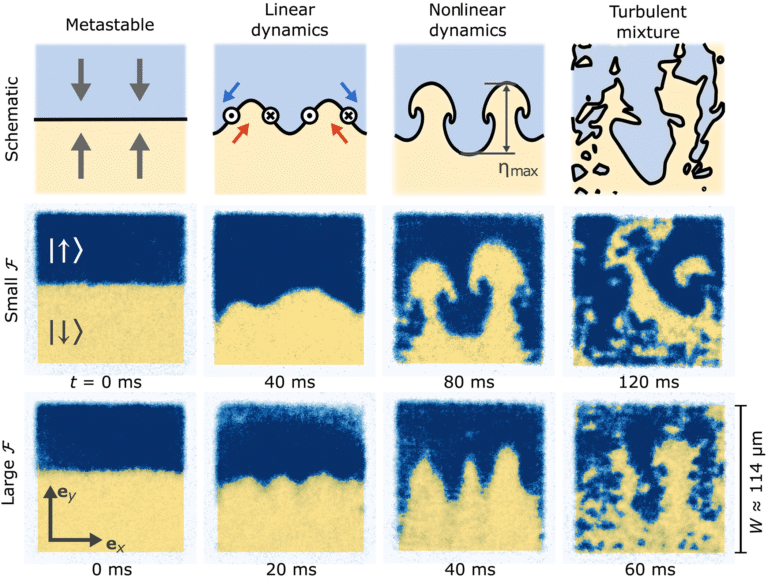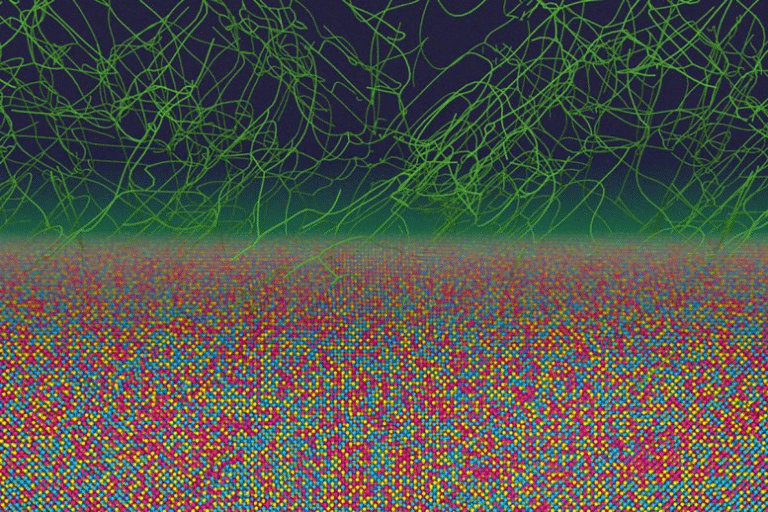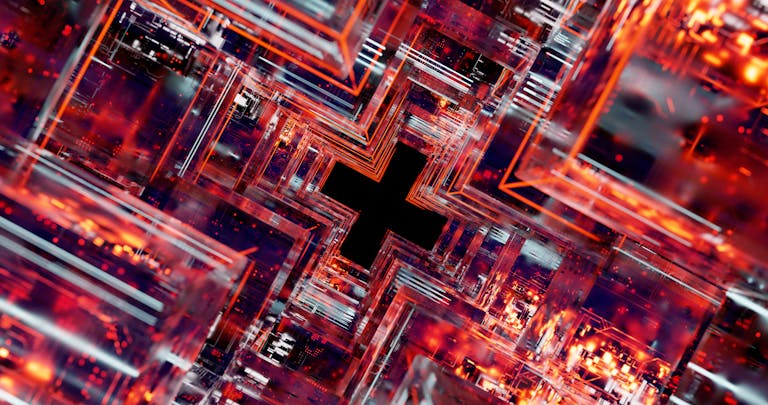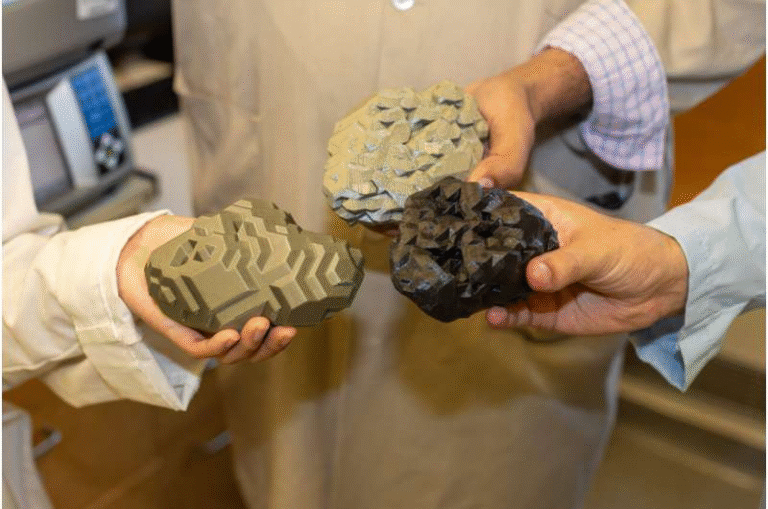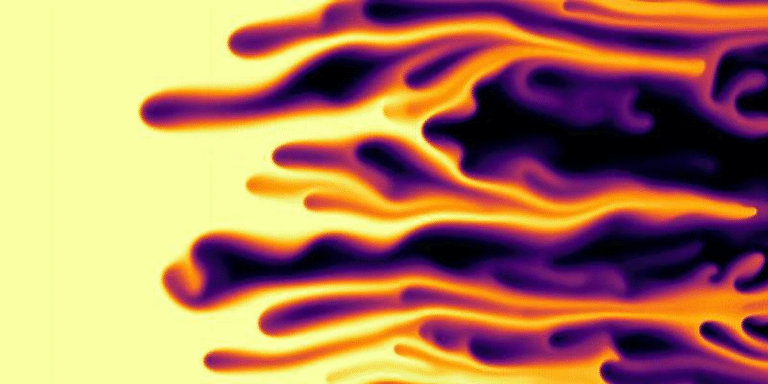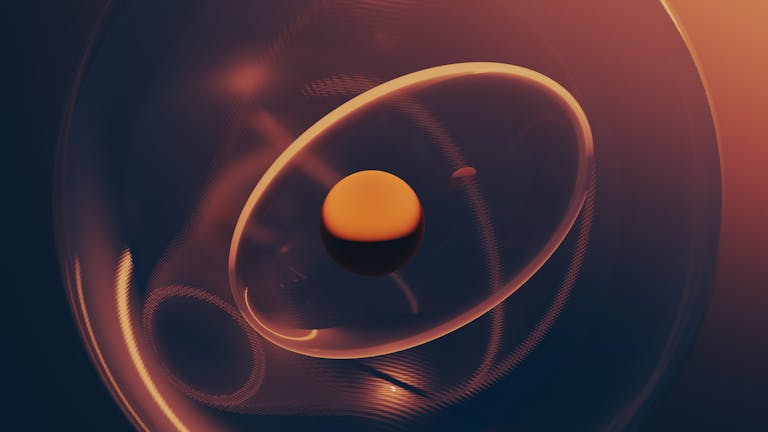CERN Uses AI to Tackle the “Impossible” Search for Higgs Decay

The Higgs boson has been fascinating physicists ever since its discovery at CERN’s Large Hadron Collider (LHC) in 2012. This tiny particle is no ordinary find—it plays a fundamental role in giving other particles mass, making it one of the most important pieces in the puzzle of how our universe works. While scientists have confirmed its interactions with the heaviest quarks (like the top and bottom quarks), figuring out how it couples with lighter quarks has always been a much bigger challenge. Now, thanks to a bold use of artificial intelligence, researchers are getting closer than ever to solving this mystery.
Why This Matters
The Higgs boson is essential for understanding why matter has mass. But here’s the catch: we know it interacts with heavy quarks, but what about the lighter ones—the ones that actually make up the stuff we see around us? Confirming those interactions would be a huge leap forward in physics. The most elusive of these has been the Higgs boson’s potential decay into charm quarks. This isn’t easy to detect because charm quarks create messy particle sprays called “jets” that are notoriously difficult to distinguish from those produced by other quarks.
If scientists can confirm this decay, it would strengthen our understanding of the Standard Model of particle physics—the framework that explains how the fundamental building blocks of the universe behave.
The Role of AI in the Search
This is where machine learning comes in. The CMS experiment at CERN decided to take a new approach, using advanced AI tools to search for Higgs boson decays into charm quarks. Traditional “tagging” methods often fail because charm quarks sit awkwardly between heavier and lighter quarks—they’re neither as obvious as bottom quarks nor as easy to track as other types.
To overcome this, the CMS team used two powerful machine learning techniques:
- A graph neural network to identify charm jets with far greater accuracy.
- A transformer network—a cousin of the technology behind ChatGPT—repurposed to classify particle collisions instead of words.
This combination allowed researchers to sift through mountains of data, spotting patterns that humans or older methods would have missed.
Breaking Records in Particle Physics
By analyzing data from 2016 to 2018, and combining it with previous results, the CMS team managed to set the most stringent limits yet on the Higgs–charm interaction. They tightened the constraints by about 35% compared to earlier studies, showing just how much of a leap forward AI can bring to experimental physics.
This doesn’t mean the Higgs-to-charm decay has been confirmed—but it does mean that the “impossible” task of observing it is now within reach.
What Comes Next
This milestone is only the beginning. The LHC will continue to run and collect much more data over the coming years, especially as it heads toward its High-Luminosity upgrade, which will generate many more collisions to study. With further refinements in machine learning and more data, physicists believe they might finally be able to confirm whether the Higgs boson really does decay into charm quarks.
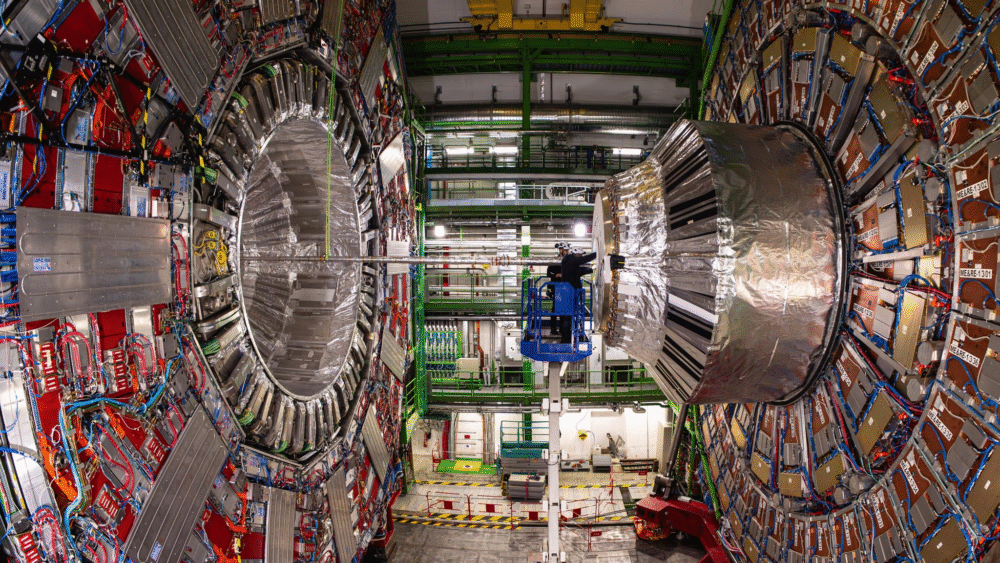
Such a discovery would be more than just another scientific win—it would fill in a missing piece of the Standard Model and bring us closer to a complete understanding of how mass is generated in the universe.
A Big Step Toward the Future
What’s exciting about this story is not just the physics, but also the approach. Particle physics is famous for pushing the limits of technology, and now it’s embracing AI to solve problems once thought untouchable. By combining creativity, persistence, and cutting-edge computational tools, researchers at CERN are showing us what’s possible when science takes a new direction.
The Higgs boson has always been mysterious, but now, thanks to AI, its secrets are starting to unravel. The search continues—and the next big discovery might be closer than we think.
